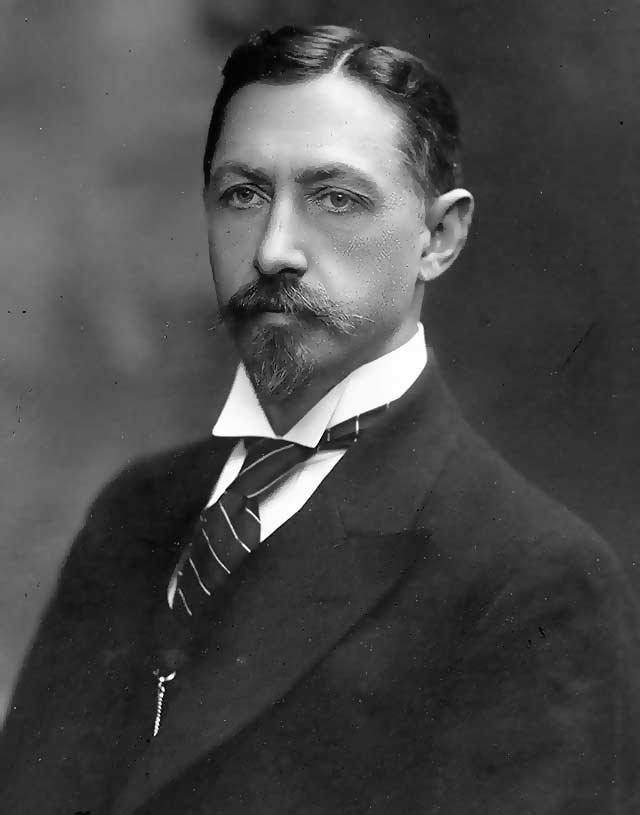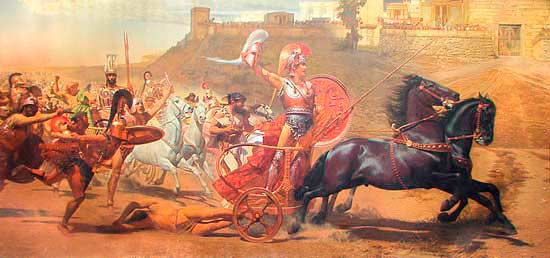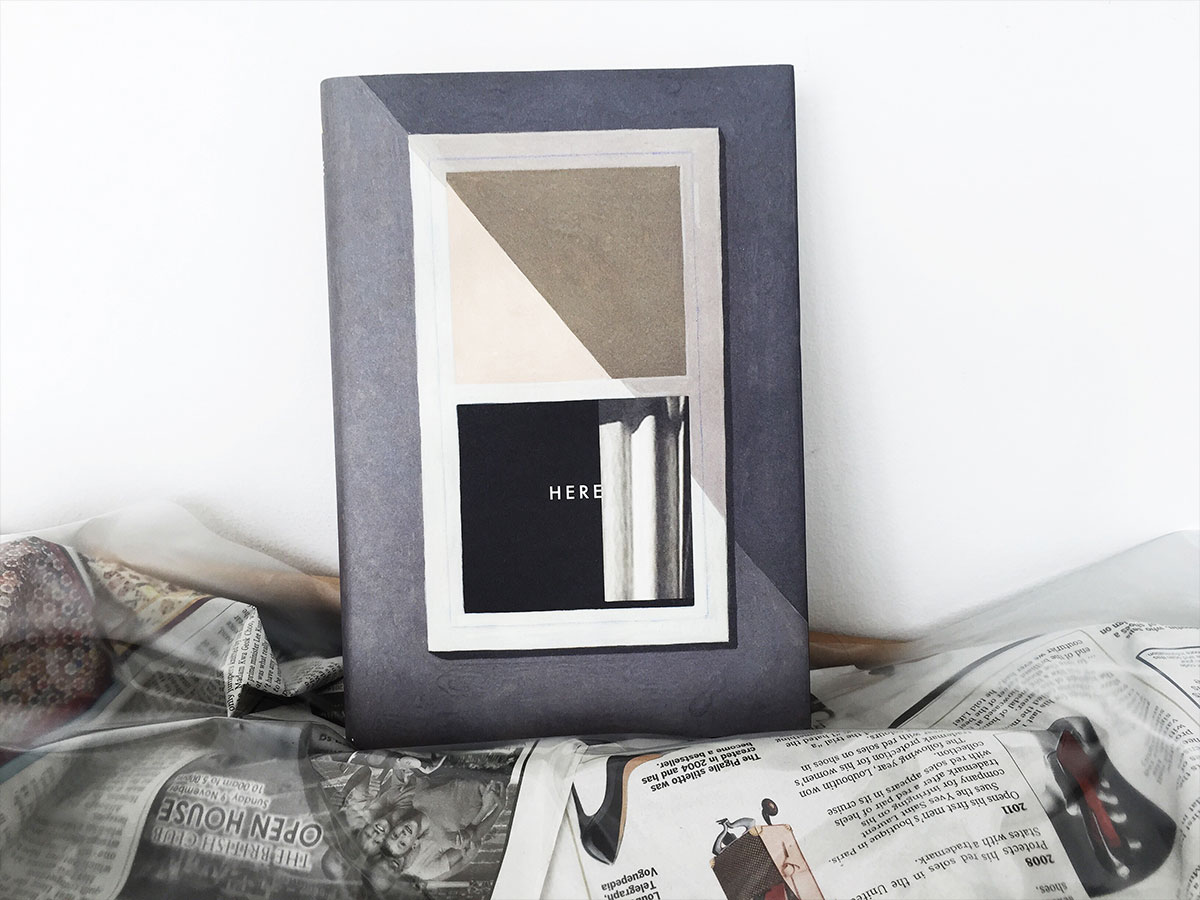Nobuyoshi Araki
 “Of course, in every work there is a pornographic connotation. Otherwise, it would be just eroticism – pure, intellectual and uninteresting. And I do an upgrade by adding a bit of dirt – we all love dirt. ”
“Of course, in every work there is a pornographic connotation. Otherwise, it would be just eroticism – pure, intellectual and uninteresting. And I do an upgrade by adding a bit of dirt – we all love dirt. ”
Photographer Nobuyoshi Araki is a master of provocative and defiant photography. The Japanese, who openly express themselves through photographs, at times prompting us to think about shung and (oh gods) Hentai, published over 250 books with his works. The confiscation of works and the closure of exhibitions only increase world fame and interest in his works, an honest photo.
The book “To the Past” is a diary compiled from black and white photographs from 1979 year. In chronographic order, the photographs illustrate the changeable suffering, love, grief and delight under the influence of age, illness and past experience. And also: Nobuyoshi Araki’s photos should be viewed in one stream without separation from each other, for the fullness of sensations and complete emancipation.
Michael Petry
The book is devoted to the study of modern art, but rather its production.
The author identified 115 contemporary artists with one unifying aspect: they do not create their own works on their own, but use the services of technical specialists. Michael Petrie very finely explores the line between creative and direct production. Where does the author’s originality, technique of execution end and the other side of art begins, where the artist is primarily the author of the idea, and not the finished work.
The role of industrial production in contemporary art, and the relationship between artists and industries with which they work. Written very lively, accessible, and most importantly it is clear.
Wari: Lords of the Ancient Andes
Indian culture Huari existed around 500 AD e., in the pre-Inca period, on the territory of modern Peru, and can rightfully be considered the first empire of South America. Like other Andean peoples, Huari did not use writing to transmit information, instead using ornaments and symbols. Rich and complexly decorated fabrics were central to their value system. Unique ceramics made in various styles, exquisite personal jewelry. From the materials Wari used silver, gold, bones, inlaid with precious materials.
The book illustrates household items and decor, equipment and quality of production of products, colors and textures will not leave indifferent. The book is for those who love and respect folklore in all its manifestations, regardless of geographic appearance. It will also be interesting to read, if the long-beloved, but already bored culture of India no longer inspires, but only brings on a subtle sense of nostalgia.
By and large, the Huari culture is undervalued and not as famous as the Inca culture that followed, for example, so it’s time to get to know and appreciate it.



